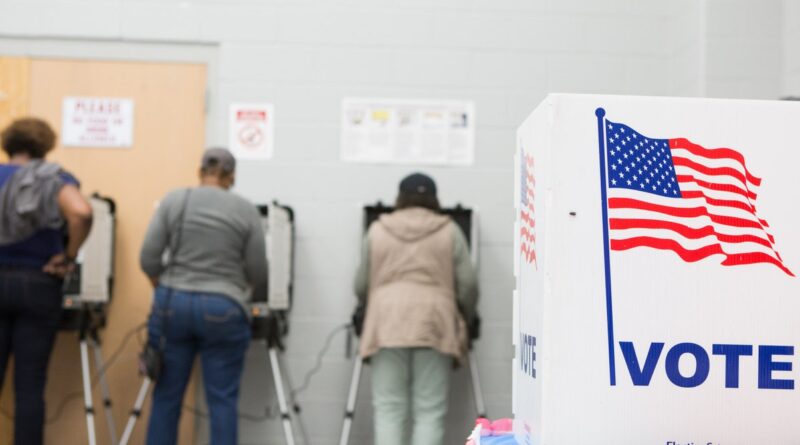What are Midterm Elections: Why the 2022 Midterms Matter
Unlike state and local elections that happen every year, congressional midterm elections occur halfway through a president’s term and do not take place during general election years. For reference, the last midterm election occurred in 2018 during Donald Trump’s second year as president. There was no midterm election in 2020 as it was a general election year.
As 2022 is officially the halfway point in Joe Biden’s presidency, midterm elections will be held nationwide on November 8. Although voter turnout is historically lower than in general elections, midterms are just as important and can have a significant impact on the way the United States government works. It can be tough to single out the importance of a midterm election, with the flurry of activity that often surrounds presidential elections. But we put together an explainer to help demystify midterm elections and Congress’s impact on the country’s political climate.
What is Congress?
First thing’s first, let’s get the basics out of the way. Congress is made up of two chambers: the House of Representatives and the Senate. Collectively, these groups of people are essential in solidifying legislation, as both the House and the Senate have to pass a bill before it becomes law. Each state has representatives in these two groups.
There are a few requirements for House of Representatives candidates. Those running must be at least 25 years old, a citizen of the United States for seven years or more, and they must live in the state they represent. House terms are two years, and candidates can serve up to six terms.
Senate candidates have a different set of requirements. They must be at least 30 years old, a citizen of the United States for nine years or more, and a citizen of the state they represent. A senator’s term is a bit longer than a representative’s at six years. But there’s a twist: Every two years, one-third of the Senate has to go up for re-election every two years. This kind of requirement is put into place so that the Senate does not become stagnant and better reflects the country’s political state. A senator can serve two terms.
What happens during midterm elections?
Midterm elections affect state representation in Congress. During this time, all 435 seats in the House of Representatives and a third of Senate seats are up for grabs. Winners of midterm elections are determined by popular vote, as opposed to the electoral college system that is used to elect the president.
In the Senate, there are 34 seats on the line, with 14 Democrats up for reelection. Currently, Republicans hold 50 seats, meaning Democrats will need to maintain their current number of seats, 48, plus win three more to attain an outright majority. (There are currently two Independent Senators who caucus with the Democrats, and Vice President Kamala Harris can serve as a tie-breaking vote).
On the state level, there will be 36 governorships and 30 state attorney general offices on ballots. Of the 36 governorships, 20 of them are currently occupied by Republicans. Although these state positions might seem less important than congressional seats, winning a majority in these areas would allow Democrats to pursue liberal legislation outside of Washington, D.C. In particular, they’re vitally important to the protection of abortion rights, especially as the Supreme Court weighs the reversal of Roe v. Wade in their current term.
Why are midterm elections important?
Midterm elections are important because they help determine power in Congress. As stated in the Constitution, Congress is a legislative body that has the authority to make laws. As a bill only becomes law with approval from both the House and the Senate, the political party with the majority in both chambers of Congress is more likely to have their legislation passed. This is especially important when it comes to bills that impact a lot of people, like those that would protect data privacy or secure voting rights.



